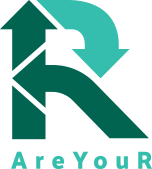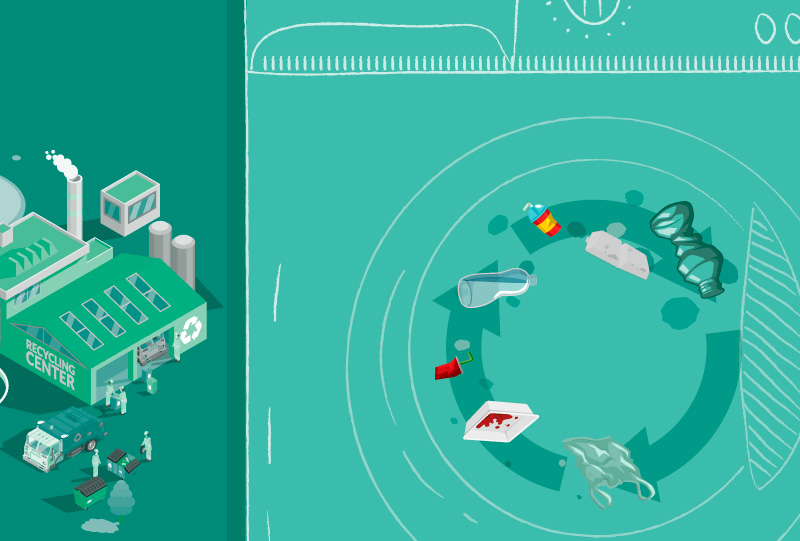In our last article we explained how plastic collection and sorting take place. But what happens next?
Let’s find out together!
Perhaps not everyone knows that plastic waste, after being collected and conveniently selected, also needs to be washed and cleaned before going through the next recycling process stage. Indeed, each different type of material needs a specific washing, capable of removing impurities to guarantee an excellent final result.
Initially, a pre-washing is carried out to remove the most superficial residues. At this stage, a so-called ‘pre-washing tank’ may also be used to remove heavy contamination from plastic materials.
The real washing operation can be hot or cold, with water or dry, depending on the plastic type. As a matter of fact, there are different types of plastic materials – how we explained here.
In some cases, a so-called ‘mechanical cleaning’ is used to obtain a greater result by deploying technologies such as vibratory plates or puffs of compressed air. A centrifuge may also be used. Not only to wash these materials, but also to dry them off and sort them by type.
At this stage, it’s essential to keep in mind the final application, that is the product type to be obtained by recycling and its use. As a matter of fact, the most suitable washing system is chosen considering both the quality of material and the product that will get a new life – thanks to recycling.
Let’s see some examples:
- Plastic bottles (PET) are washed in hot water to remove label residues or general dirt. In addition to that, they undergo specific processes to remove further unsuitable materials such as paper or metals, whereas detergent bottles usually need a mechanical cleaning to remove all contamination.
- When it comes to recycling applications whose objective is to manufacture food-safe packaging, further cleaning stages are usually carried out, so that the final material is of high quality.
- Moreover, there may be cases where it’s necessary to add detergents or specific substances to remove particular contamination. In this case, after washing, the material is also specifically rinsed.
Now that it is clean, plastic can go through the next recycling stage. Stay tuned: we’ll soon talk about the next step!

